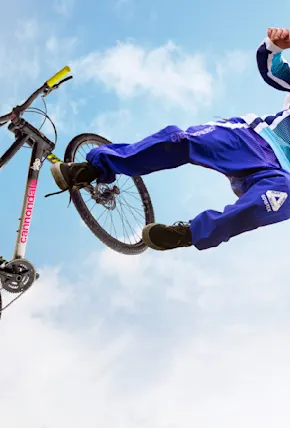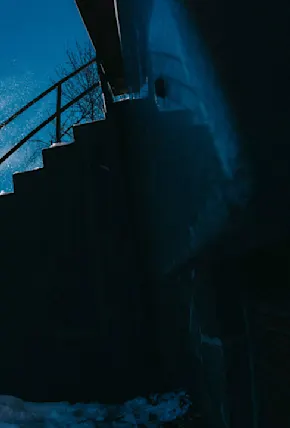How different was the final end product of 700 Miles than what you had envisioned when you came up with the concept?
Oh man, pretty different. Every project has an original vision, you know, but every time you have to just roll with what comes up. Like, deal with the good footage you got, and forget about the things that went bad. So it was greatly different in a lot of ways.
I thought that I was gonna reach bigger conclusions about social dynamics. On one hand I did kind of reach to the core and everybody said what needs to be said about living in a better world, which is ultimately about compassion and caring for each other, and sharing. But I didn’t get any kind of revolutionary fire, didn’t feel I got the ultimate solution to society’s problems.
Beyond that, I expected to film a lot more skateboarding—film myself skating, and some more skateboarders. So it was fairly different, but I did expect to make a full length film and I did do that.
I think it’s a very honest depiction of how it feels to skate 700 miles. A lot of people—the most common complaint about the film is it’s too long. And well, if you want to know how it feels to skate 700 miles, you’re gonna have to be a little bit patient and get used to the idea that it’s gonna take a little bit of time and commitment. Even watching the video is an endurance test for a lot of people.
Can you talk a bit more about why you wanted to survey people during your solo journey?
Everybody’s got this feeling, like, I just gotta get away from people, I’ve gotta get out and have the quiet space for myself to think. But if you ever do get the chance to go out and be alone in the wilderness, you realize pretty quick how important community is. And I think people so often don’t really get the chance to experience that.
I was raised in San Francisco and it’s a city full of people just trying to find their own headspace and their own quiet. It feels like most everybody there is suffocating. It’s so busy, crowded—people are claustrophobic. And it creates a city that lacks community, that lacks compassion for other people because everybody’s just dying for their own space, their own mental space.
You have to embrace the social aspects. You can’t just escape people forever. And that’s a theme that keeps coming up more and more, even as I’m making skateboard videos. Really the things that are important are people, and helping those who need help, and reaching out and sharing and being generous. Those are the things that keep coming up and it’s more true than ever.












